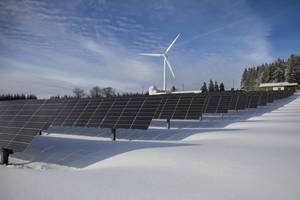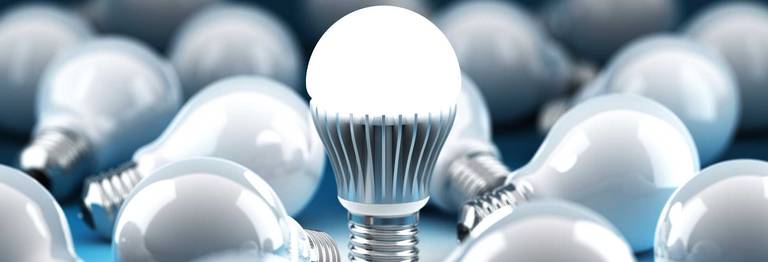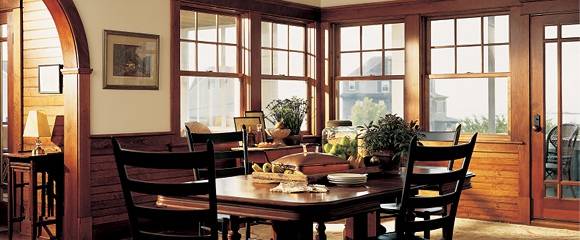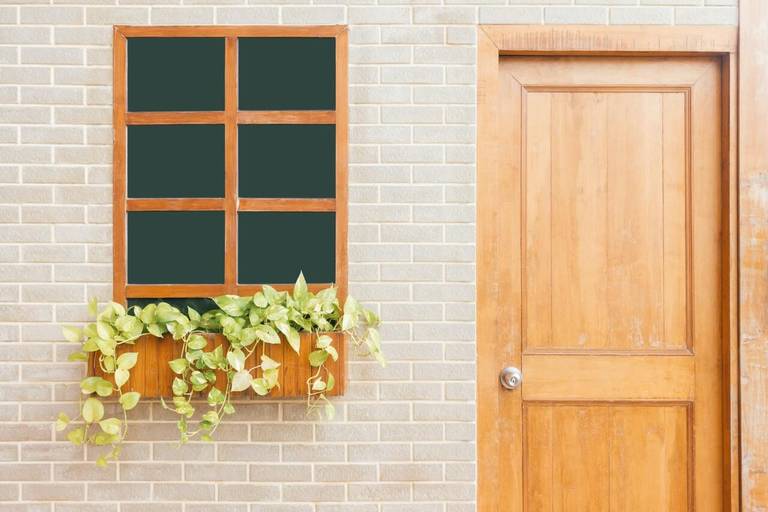What are the Most Energy Efficient Windows?
This is the truth about the most energy-efficient window:
The most energy-efficient windows are concrete walls.
But seriously, all major window manufacturers make Energy Star-rated windows because energy efficiency is really in right now.
Federal rebates are nationwide, although pricing typically varies by area.
The federal government offers a $1,500 tax credit for your upgrade, energy bills keep on rising, and drafty windows won't stop leaking.
If you want to seal up your home so tight that winter drafts will screech and run away in terror, you'll want the most energy-efficient windows money can buy. That window also has to incorporate several energy-efficient technologies.
Are Your Windows Energy Efficient?
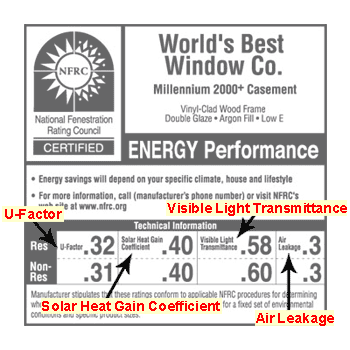
Energy Efficient Windows
Energy efficient windows are among the best investments a homeowner can make. Replacing windows in your home with energy efficient replacement windows will not only cut your monthly bills by as much as 30%, but also increase the overall value of your home.
The most energy efficient windows typically consist of insulated vinyl or fiberglass frames, and double or triple-pane glass. A low emissivity (low-e) coating is applied to the glass, to improve the insulation of the air or Krypton filled spaces between glass window panes.
The most energy-efficient windows will have all of the attributes listed below:
The Glazing
The most inefficient windows have a clear single-pane glass.
If you are not ready to upgrade to new windows yet, try to improve their energy efficiency by installing bubble wrap insulation on windows.
On the other hand, double-pane windows, typically with a Low-E coating, are becoming the standard in efficient upgrades. But the most efficient windows in use today are triple-glazed, with three panes of glass, each separated by a pocket of sealed-in air or gas.
The Frame
Vinyl, fiberglass, and wood window frames are all fairly efficient frame types. Aluminum frames are inefficient but also cheaper. However, vinyl and fiberglass have one advantage over wood. You can fill their air cavities with insulation to provide the absolute highest window frame efficiency available today.Okay, so the most energy-efficient window will have insulated fiberglass or vinyl frame. So now, we know we need to have an insulated fiberglass window frame with triple-pane glass.
Next...
Argon, Low-E Coating, and Spacers
The clear glass alone just doesn't cut it. A low emissivity (Low-E) coating should be applied to the glass to control heat transfer in either direction. Low-e coatings reduce energy loss by as much as 50%. Because the window is triple-paned, the manufacturer will apply a soft Low-E coating between two glass panes. Soft Low-E coatings are slightly less durable when exposed to air than hard coatings. At the same time, they are more energy-efficient and will not degrade if installed between glass panes. Windows manufacturers can also fill that space between panes with Krypton gas instead of air. Krypton and its more commonly used cousin, Argon, are inert gases, which are more resistant to heat flow than air. Argon is more common because it is much cheaper than Krypton.However, Krypton can take down Superman and have a better thermal performance, making it the gas of choice in the most energy-efficient windows.
The best windows also have thermally-improved or low-conductance spacers between the glass panes at the edges of the window. These spacers are necessary for any insulated glass (multi-pane) window. Low-conductance spacers are part of Warm-Edge Technology (WET), which means they're made from materials with low thermal conductivity rather than the traditional metal.
Type of Window
How the window operates also affects energy efficiency. Certain types of windows have different air leakage rates. Fixed windows with panes that do not open have the lowest air leakage rates. Still, they are not very practical for ventilation or fire escape. Single- and double-hung windows, as well as sliding windows, have higher air leakage rates. Awning, casement, and hopper windows tend to have lower air leakage rates because, unlike their sliding counterparts, their sashes are hinged, providing a better air seal.
Installation
Poor installation can also cause wind and water damage to the siding, trim, and inside the house, all of which will affect the home's energy efficiency in general. So be sure to have your energy-efficient windows installed by a pre-approved window contractor
Final Thoughts
Replacing old, drafty windows can save you as much as 30% per year on air conditioning and heating costs. Those savings alone make replacement windows one of the most attractive investments for homeowners.

